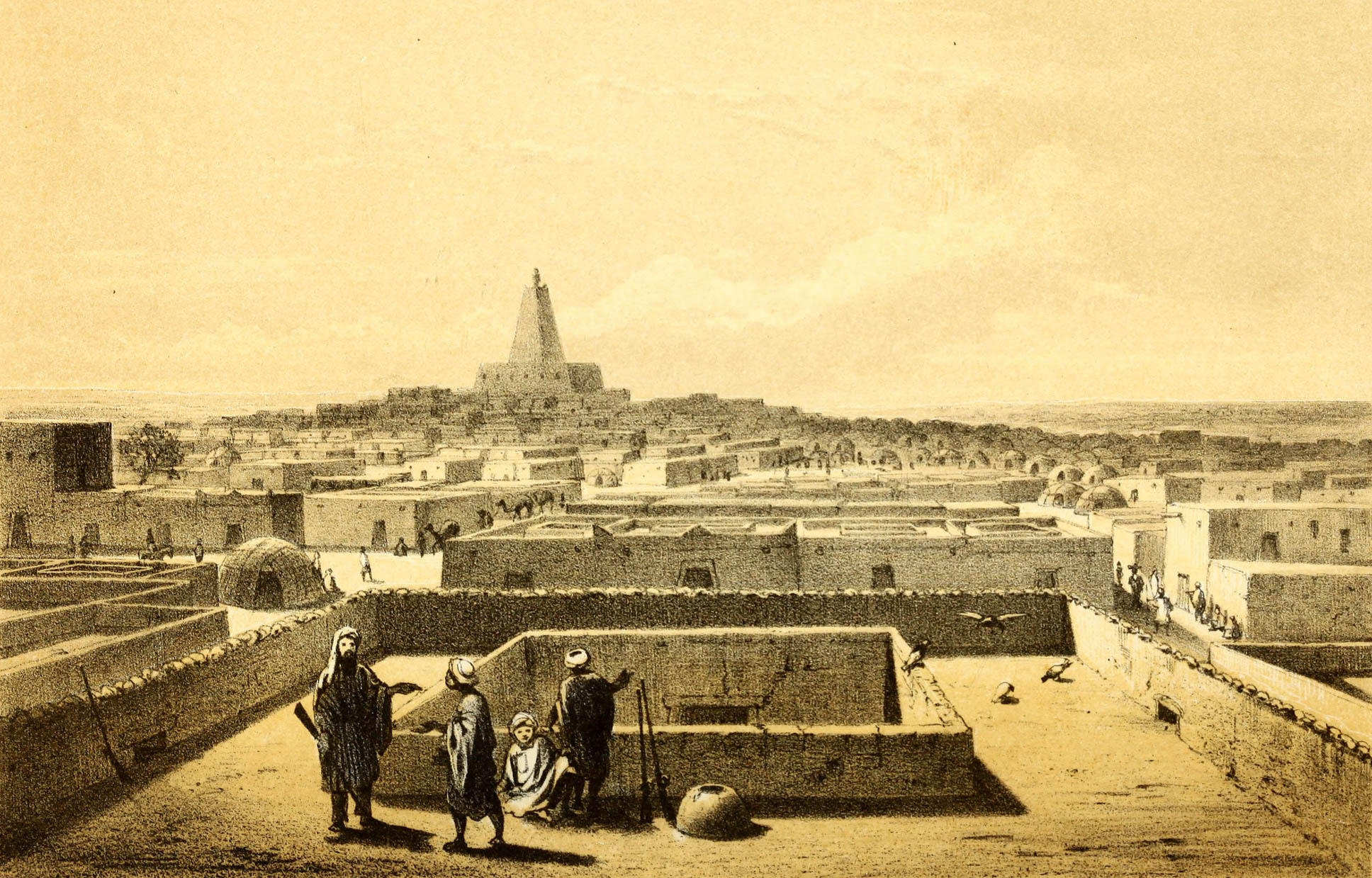While many history books focus on Rome, Greece, and Egypt, the Axumite Empire of ancient East Africa remains one of the most underappreciated civilizations in global history. Flourishing between the 1st and 7th centuries CE in present-day Ethiopia and Eritrea, Axum was once a dominant trade power, bridging the Roman Empire, India, Arabia, and even China. Its advanced architecture, complex currency system, and early adoption of Christianity make it a critical part of the global historical puzzle.
Axum’s location near the Red Sea allowed it to become a hub for commerce, exporting ivory, gold, and frankincense. Its coinage—minted in gold, silver, and bronze—was among the few currencies accepted across multiple continents during that era. Perhaps most remarkably, Axum was one of the first major empires to officially adopt Christianity in the 4th century, predating even many European states. This cultural and religious legacy still shapes Ethiopia’s national identity today.
Despite its influence, Axum declined due to shifting trade routes, climate change, and internal conflicts. Still, historians and archaeologists continue to uncover its secrets, including towering obelisks and ancient scripts. For students and researchers, the story of Axum is a vital reminder that Africa’s historical contributions to civilization are rich, complex, and foundational—deserving a more prominent place in academic narratives around the world.







